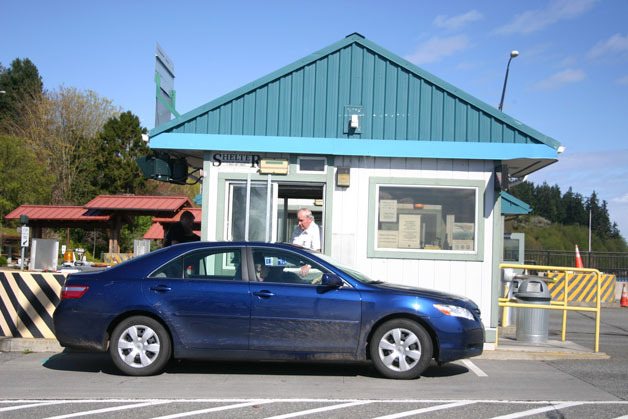For drivers lucky enough to own a Tesla Roadster or a 1990 Nissan Pulsar, the new under 14-feet ferry fare will be great.
Otherwise, for the owners of Chevrolet Tahoes, Toyota Corollas and Mercedes-Benz models not in the SLK-class, ferry rates will soon rise again.
Various rate increases and peak season have combined to raise multi-ride cards from $122.60 to $126.60, and the standard fare to $9.75. That’s fine for one South Whidbey resident who commutes a couple of times each week on the Clinton-Mukilteo route.
“I don’t plan on getting a shorter car,” said Bill Burnett, who owns a Mercedes-Benz E-class sedan (about 16 feet long). “It’s kind of like everything else. If it were a well-run program, we’d probably have to pay what it actually costs to go back and forth.”
Washington State Ferries also created a new classification for vehicles under 14 feet. It won’t help too many commuters, however. The Department of Transportation released a list of more than 70 cars that qualify for the lower fare, though some of the more popular commuter cars in Washington like the Honda Civic and Toyota Prius hybrid are longer than 14 feet, as are other popular compact cars such as the Toyota Corolla and Ford Focus. A Geo Metro, Hyundai Accent and Mini Cooper all qualify for the lower small vehicle and driver fare of $102.30 for a multi-ride card and $7.75 one-way ticket.
Fares increased in part due to the state’s budget problems. The Transportation Commission approved a 3-percent fare increase to cover operating costs and revenue goals. The transportation budget required Washington State Ferries to meet an overall revenue goal of $310 million from fares between July 1, 2011 and June 30, 2013.
The single ticket price also jumped 25 percent because of the peak travel season that begins May 1.



